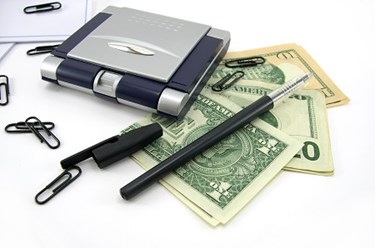Billions Wasted By Inefficient Billing

By Christine Kern, contributing writer

More than 30 percent of collections are wasted through inefficient payment processing every year.
Almost a third of the estimated $5 trillion a year collected for healthcare payments is wasted through inefficient payment processing and associated costs, according to an InstaMed trends report. Based on quantitative data derived from the InstaMed Network and qualitative proprietary survey data from more than 100,000 healthcare providers, 3,000 payers, and 1,000 consumers, the study found the waste can be attributed to inefficient payment processing and costs associated with paper-based billing and administrative processes.
The report asserts that, if providers do not recognize and address the critical role of consumer choice, the impact of the digital economy on payment options, and the adoption of best practices in data security, billing costs will continue to skyrocket.
Among the report’s findings: Ninety percent of consumers want to be able to pay their healthcare bills online, and 70 percent of providers said it took more than one month to collect a payment in 2014. And while many payers have promoted the adoption of electronic remittance advice (ERA) and electronic funds transfer (EFT) transactions across their provider networks, one in three payers did not meet the January 2014 ERA/EFT mandate.
Driven by steady increases in consumer payment responsibility and the subsequent out-of-pocket payments, consumers want greater transparency from healthcare providers and payers, and expect the healthcare industry to provide simpler, more efficient billing and payment options like they find with other shopping experiences.
The report concludes that in order to meet consumer demand for payment processing, providers must give consumers options, including mobile technologies, online payment availability, and multiple payment acceptance methods. In fact, the study found nearly 20 percent of consumers have unpaid healthcare bills as a result of the unfamiliar and confusing healthcare payment process.
“As the industry continues to evolve, many providers and payers have taken significant steps to adapt to these changes,” the report notes. “For the industry as a whole to thrive, it must understand today's changing consumer preferences, and apply process and policy changes to their ongoing operations. At the same time, efficiency, payment best practices and enhanced data security will be crucial to their continued success.”
